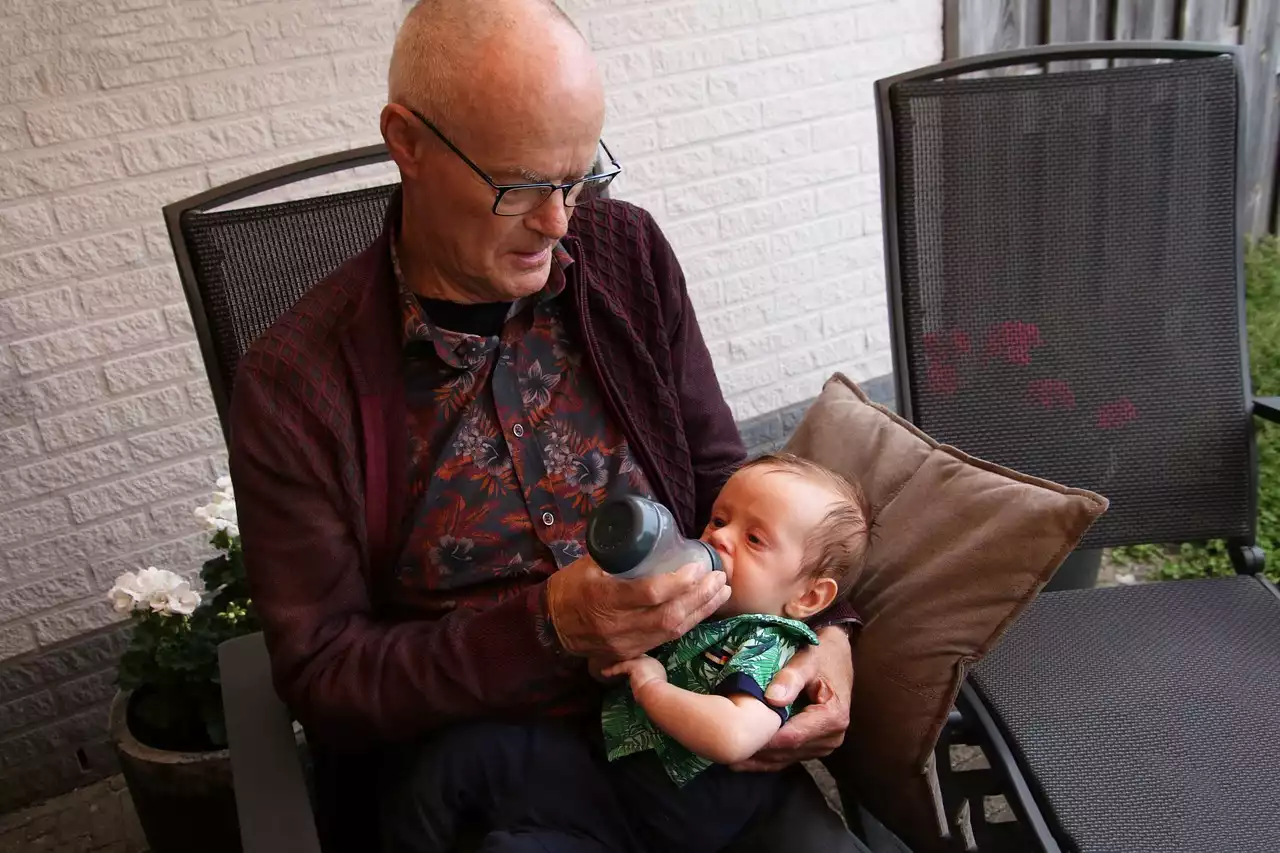What is Hand Foot and Mouth Disease (HFMD)?
HFMD is an infectious illness caused by a group of viruses, most commonly the Coxsackie virus. Other viruses that cause HFMD include the enterovirus and the Epstein-Barr virus. It is a common childhood illness that is usually spread through direct contact with an infected person or through contact with objects that an infected person has touched. Although HFMD is common, it is not a disease that is caused by bacteria. In fact, it is one of the few diseases that can be spread through different types of contact, including touching, coughing, and sneezing. HFMD is also sometimes referred to as mail-lure, and infected individuals are sometimes humorously referred to as “hand foot and mouth disease carriers.”
Causes of HFMD
HFMD is caused by many different viruses, including the Coxsackie virus, enterovirus, and Epstein-Barr virus. It is usually transmitted through the faecal-oral route, which means that a person gets infected by swallowing droplets from the coughs or sneezes of an infected person. HFMD is most common among children between the ages of 6 months and 5 years and can be spread through saliva, blood, and other body fluids. HFMD is most common during the cooler months of the year, and it is rare in tropical areas because mosquitoes, which spread the virus, do not thrive at those latitudes.
Symptoms of HFMD
Most people with HFMD have a mild illness that usually lasts between 1 and 2 weeks. Symptoms of HFMD include fever, sore throat, mouth sores, and a skin rash on the hands and feet. The incubation period for HFMD is usually between 3 and 10 days. A rash on the hands and feet is the most common symptom of HFMD. The rash appears as painful, fluid-filled blisters on the palms of the hands and soles of the feet. Most people with HFMD have painful mouth sores, which can be so severe that they cause difficulty eating and drinking. The sores can also make it painful to swallow. Fever is a common symptom of HFMD, and it can last between 2 and 5 days.
Complications of HFMD
Some people with HFMD may experience complications, including gastrointestinal infection, dehydration, and joint infection. Severe dehydration - This is a rare but serious complication of HFMD, and it may require hospitalization. Joint infection - This is another rare complication of HFMD in which the virus attacks the joints and causes joint pain, swelling, and redness.
Diagnosis of HFMD
The diagnosis of HFMD is usually based on a person’s signs and symptoms. To confirm the diagnosis of HFMD, a healthcare provider may also request blood tests and swab cultures from the sores in the mouth. If a healthcare provider suspects that a person may have HFMD, the person’s saliva can be tested for the Coxsackie virus. Blood tests can also detect the Coxsackie virus.
Home care for HFMD
There are several steps that people with HFMD can take to reduce their risk of spreading the virus to others, including washing their hands frequently, keeping their hands away from their mouth, and covering their mouth when coughing. Because the mouth sores associated with HFMD can be very painful, people with the infection may be tempted to touch the sores and then put their fingers in their mouth. This increases the risk of spreading the virus. The droplets from a cough can travel up to 6 feet, which is why it is important to cough into a tissue and then dispose of the tissue in a wastebasket.
How to Reduce the Risk of HFMD Spreading
People with HFMD should avoid sharing items that are in frequent contact with their mouth and hands, such as drinking glasses, utensils, and towels. People with HFMD should also avoid sharing beds, pillows, and toys with other people. It is important to note that people with HFMD can only infect others while they are actually showing symptoms of the infection.
When to Seek Medical Care for HFMD
Seek medical care if a person with HFMD experiences severe dehydration, joint pain, or swelling. Seek medical care if a child younger than 12 months has HFMD, since this can be a sign of congenital Herpes infection and requires immediate medical attention. It is important to note that people with HFMD do not need to be isolated, but they should not go to work or school until their symptoms have cleared.









